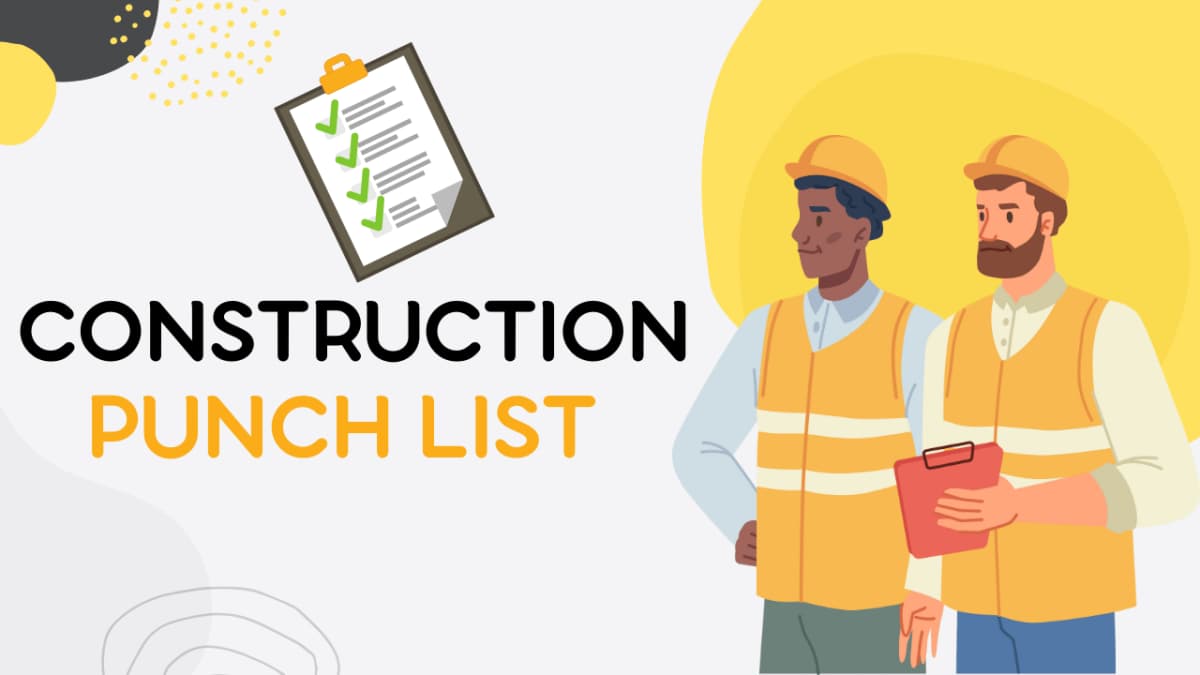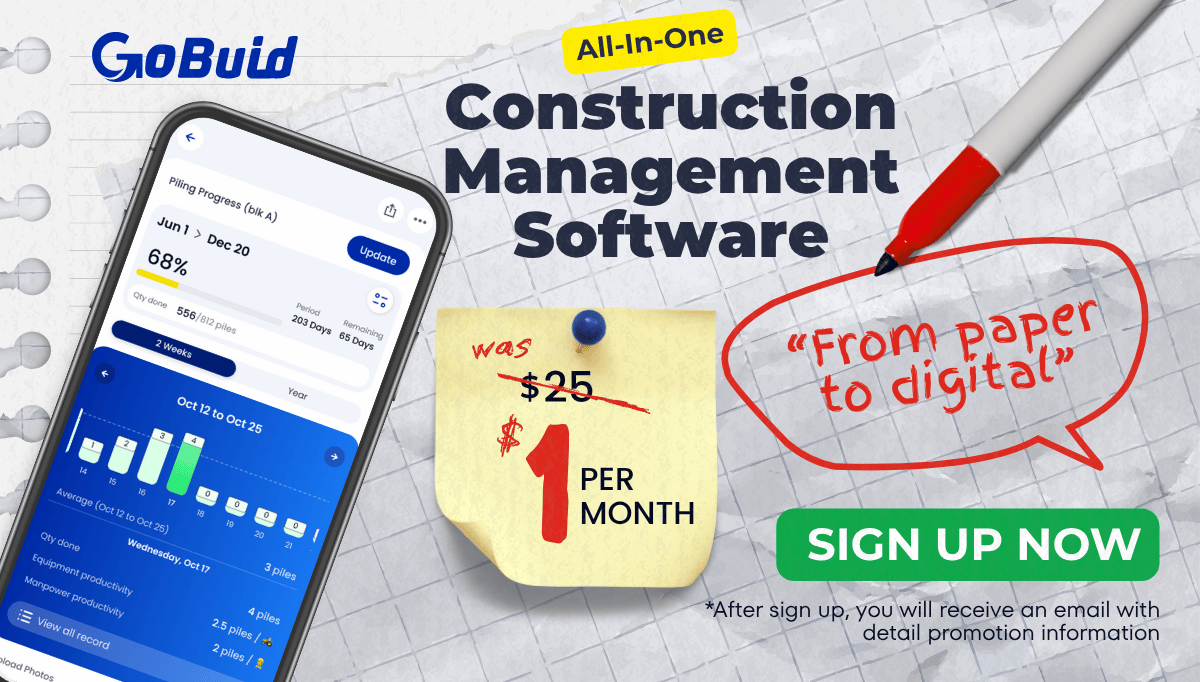Digital Construction Punch List Tools to Boost Site Productivity
Boost productivity with construction punch lists—streamline tasks, enhance collaboration, and ensure accountability for better job-site management
by Sam Chen
|
When it comes to construction projects, the final stretch can often feel like the most critical phase. This is where the construction punch list comes into play. A punch list is essentially a checklist of tasks that need to be completed before a project is considered finished. It’s the last step in ensuring that everything meets the agreed-upon specifications and that the building is ready for occupancy.
In this blog, we’ll dive deep into what a construction punch list is, why it’s so important, and how to create and manage one effectively. Whether you’re a contractor, project manager, or property owner, understanding the ins and outs of a punch list can make the difference between a smooth handover and a frustrating delay.
What is a Construction Punch List?
A construction punch list is a document that outlines all the remaining tasks, corrections, or repairs needed to bring a construction project to completion. These tasks are often minor but crucial—think of them as the finishing touches that ensure everything is up to standard.
Historically, the term "punch list" comes from the practice of contractors physically punching holes next to completed items on a paper list. Today, it’s more likely to be a digital or printed checklist, but the purpose remains the same: to ensure that nothing is overlooked before the final payment is released.
Why is a Construction Punch List Important?
The construction punch list serves several key purposes:
Quality Assurance – It ensures that all work meets the project's specifications and standards.
Accountability – It clearly outlines who is responsible for each task, reducing confusion and delays.
Payment Release – Final payments are often tied to the completion of the punch list, making it a critical step for contractors.
Occupancy Readiness – It ensures the building is safe, functional, and ready for use.
Without a thorough punch list, minor issues can snowball into major problems, leading to disputes, delays, and additional costs.
Types of Construction Punch Lists
The items on a construction punch list can vary widely depending on the type of project, but they generally fall into four categories:
1. Items to Test
Testing is essential to verify that everything works as it should. Common construction punch list items include:
Appliances and equipment
Doors, windows, and locks
Electrical and communication systems
2. Items to Add
Sometimes things get left out—whether by accident or design. A construction punch list might include:
Light covers or fixtures
Hardware like handles or knobs
Paint touch-ups or sealant applications
3. Items to Fix
Construction sites are busy places, and damage can happen. A construction punch list often includes repairs for:
Leaks or cracks
Damaged materials or finishes
Improper installations or defective equipment
4. Items to Remove
Before handover, the site needs to be clean and clear. A construction punch list might require the removal of:
Trash or debris
Extra materials or tools
Protective covers or temporary structures
Who is Responsible for the Construction Punch List?
Creating and completing a construction punch list is a team effort. Here’s how the key players are involved:
General Contractor (GC) – Typically responsible for compiling the punch list and ensuring all tasks are completed. The GC usually conducts a walkthrough with the owner to identify issues.
Subcontractors – Handle the actual work on the punch list—fixing, testing, or removing items.
Owner – Provides input during the walkthrough and often withholds the final payment until the list is complete.
Architect – If involved, the architect reviews the punch list to ensure all items meet design specifications.
Be More Efficient by Using Electronic Construction Punch Lists

👉 Try all features free for 30 days
The traditional paper punch list is dragging you down. Using an electronic construction punch list has tons of benefits. Hear me out:
1. Highly Customizable
The GoBuid app allows you to create any kind of construction punch list tailored to your specific project needs—whether it’s a residential build, commercial development, or industrial project. You can add text, tables, dropdowns, multiple-choice selections, single selections, signatures, images, photos, dates, and times freely in any part of the form.
2. Real-Time Collaboration
With GoBuid, all stakeholders—contractors, subcontractors, owners, and architects—can access and update the construction punch list in real time. This ensures everyone stays on the same page and tasks are completed faster.
3. Mobile Accessibility
Construction sites are dynamic, and GoBuid is designed to keep up. The mobile app allows you to create, update, and track construction punch list items on any mobile device or tablet. Every worker can access the list on their phone for seamless collaboration and real-time updates.
4. Enhanced Accountability
Consultants and main contractors can assign tasks to specific team members, track progress, and send reminders. This level of accountability ensures the construction punch list is completed efficiently.
5. Digital Proof for Final Payment
For contractors, the construction punch list is often the final hurdle before payment. GoBuid stores each punch list item on a cloud-based platform, complete with a timestamp. No need to worry about missing documents or disputes over project completion.
6. Cost Savings
Electronic construction punch lists reduce paper costs. One A4 page may cost $0.10. A large project might need over 1,000 punch list pages—adding up to $100 or more. Over time, that’s a lot of wasted money. Going digital saves on those recurring expenses.
Final Thoughts
For builders, paperwork has always been a pain—yet its importance is undeniable. From tracking progress to ensuring compliance, documentation is critical for project success. However, traditional paper-based systems are slow and frustrating.
That’s where electronic construction punch lists become a game-changer. By moving to a digital system, builders can streamline the entire process, making it faster and more efficient.
Take the first step today to take your business to the next level.
